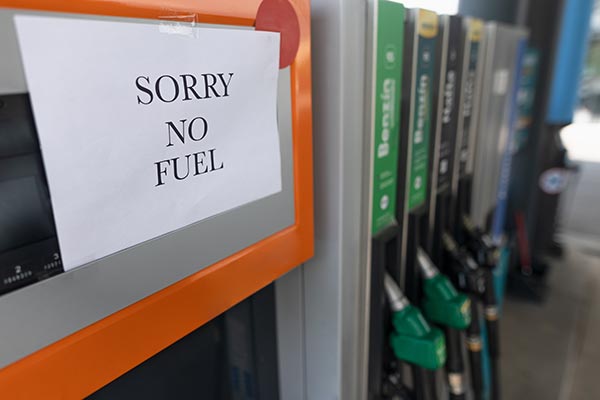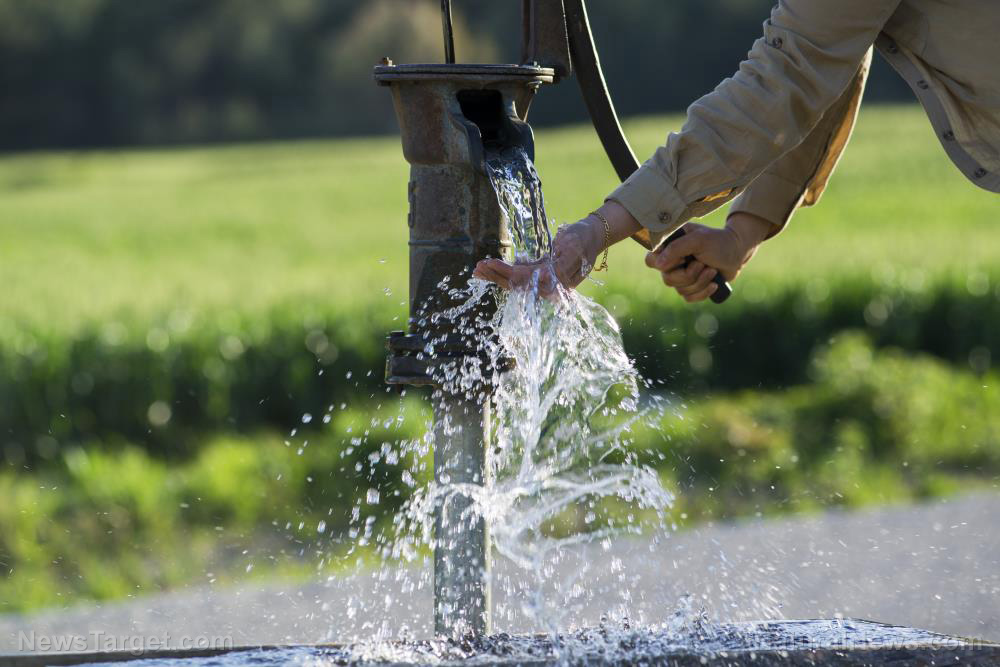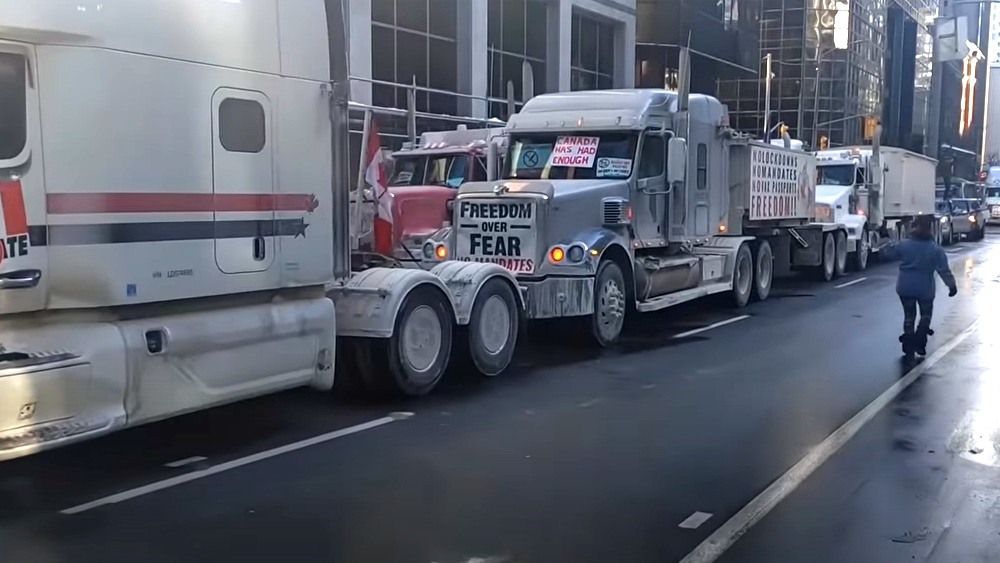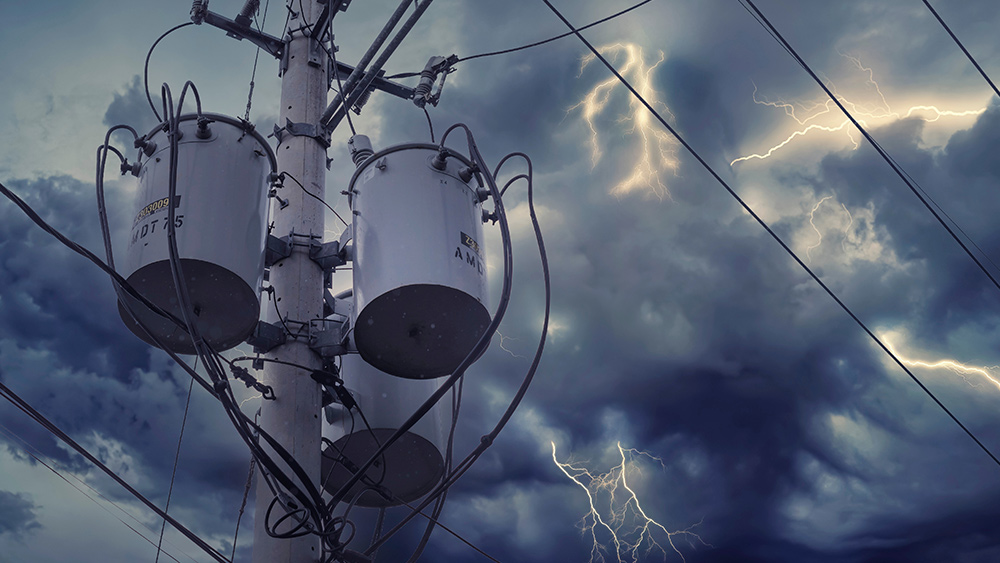Survival 101: How to care for livestock when disaster strikes
02/01/2023 / By Zoey Sky
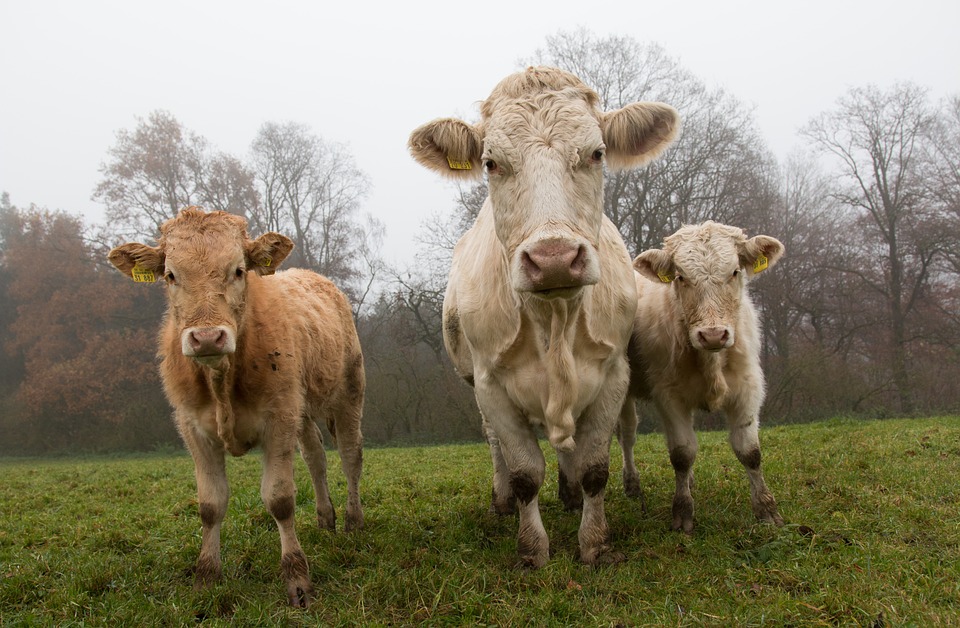
If you’re preparing for disaster scenarios, you should also include your livestock in your survival plans.
When SHTF, are you prepared to evacuate the animals on your homestead? What will you do if you have to shelter in place? (h/t to Survivopedia.com)
If you’re lucky, you may have a couple of days to prepare for a natural disaster. But you won’t always get warnings for other survival scenarios.
If you’re worried about your livestock, keep reading for tips on how to evacuate your animals and how to shelter in place.
Challenges you may encounter during animal evacuation
While it’s a little easier to prep for yourself and your family, you need to plan ahead if you have cattle and other heavy livestock.
One obstacle you might face when SHTF is livestock behavior. Like humans, animals may also experience anxiety and panic during challenging scenarios.
For example, thunderstorms and disasters can put them under duress. Studies suggest that extreme weather events can affect livestock health due to issues like heat stress and oxidative stress.
You need to get things done fast when evacuating every animal during a disaster. Also, note that livestock is intelligent and can sense your fear.
When you’re scared, they can detect it. When SHTF, try to stay calm so you can easily handle your animals if there are any obstacles during an evacuation.
Coordinating transportation may also be an issue when evacuating animals. Some animals can get heavy.
Adult cattle can sometimes even weigh as much as 2,000 pounds. If you plan to transport livestock to a different location, you need a safe method of evacuating them. (Related: Chickens, cows and more: Things to consider before choosing livestock for your homestead.)
Preparing your animals for evacuation
When SHTF, you might have to bug out or evacuate. If you have animals and your area is prone to flooding, evacuating may be the safest option.
These four strategies will prepare your animals for a safe evacuation.
Make a list of your emergency contacts
First, secure your evacuation plan by listing your emergency contacts.
Get updated phone numbers or email addresses from your family, neighbors and friends. You should also get the emergency phone numbers of your veterinarians, animal shelter, animal control and other people you may need help from if your animals are in trouble.
Make sure you also give your contact information to these people and those who help care for your livestock.
Prepare your trailer
Before SHTF, make sure you have a sturdy bug-out vehicle for transporting your animals.
You can use a bug-out vehicle if you’re using it to haul something like a trailer. The trailer you buy must be strong enough to transport all your animals and their combined weights.
Consider getting a gooseneck trailer, a hauler that is one of the largest you’ll see in noncommercial use. They are comparable in size to what you’d see hooked to an 18-wheeler truck.
The gooseneck’s long arm hitches to the back of your truck, so it’s sturdy and stable for a long drive.
When buying a trailer, you also need to consider how much your vehicle can tow. Also, the towing capacity affects your fuel economy, top speed and how much weight you can carry.
If you get a gooseneck trailer, you’ll need a towing capacity of at least 12,000 or up to 16,000 pounds.
Make sure you can easily identify your animals
Before SHTF, you need to make sure you can identify every animal correctly.
There are two types of identification for livestock: permanent and temporary. The temporary solution is great if you need a quick fix, but it’s better to invest in a permanent ID.
Microchips are effective for permanent identification because it’s the easiest way to prove an animal belongs to you. Microchips are very small and show your livestock’s identification number when scanned.
Tattooing is also another option. This method is standard for livestock, and ranchers usually place the tattoo above the ear’s first rib.
If you are looking for temporary identification, you can use nontoxic spray paint for your livestock. If you’re dealing with rain or floods, use non-water-soluble paint.
Another option is to use a livestock marking crayon to quickly label each animal. You can also try chalk, tags or collars.
Practice your plan
Evacuating many animals will be difficult if you don’t practice your plan.
To avoid any issues when disaster strikes, run drills with the whole family so you can get an idea of how much time you need to get all your animals ready. If you think the prep time is too long, practice to help whittle down the time it takes to secure all the animals.
Before anything bad happens, give your evacuation plan a full practice run so you can address any issues without the added stress of a natural disaster.
Check for any possible ways to make the evacuation more efficient. Try to identify struggle points and which animals won’t cooperate.
Before things go south, prepare your bug-out location. Make sure you have food, water, veterinary care and handling equipment for your livestock so you can care for them once you reach your destination.
Tips for sheltering in place
Emergency services may be limited or even unavailable for animals if you are in a rural area.
If evacuation is not an option, devise a plan for sheltering in place.
Check with your state agriculture department
If you get an early warning for an upcoming disaster, contact your state’s agriculture department to see if they can help. If you are unable to evacuate your animals, the state may be able to assist you.
Alternatively, you can get in touch with the United States Department of Agriculture (USDA) and apply for one of its disaster aid programs.
The USDA has an emergency assistance program for livestock that includes financial help. If needed, apply for the program so the USDA can cover the costs of transporting livestock feed.
Prepare a backup power source and stock up on water
Severe storms can knock out power grids for days or even weeks and something like a cyberattack can cut power with no warning. Before these scenarios happen, you need to find alternate energy and safe water sources for your livestock.
If your funds are limited, invest in at least one backup generator so you have power on your property.
If you are looking for alternative water sources, note that heavy floodwaters may contain contaminants from sewage. Animals that drink this water could get sick due to chemical contamination.
Keep your livestock safe by stocking up on water before SHTF.
Check your property for non-native trees
If you are going to leave your livestock outdoors, make sure the environment is safe for them as they brace for the SHTF scenario.
Do this by checking your property for non-native trees. Native trees are preferable for livestock protection since they are usually stronger. Native trees are ideal because they have been in the environment for years and have adapted to the climate.
Native trees also help protect nearby plants and save water.
On the other hand, non-native trees can be invasive and steal nutrients and water from other plants.
Adapting to the climate helps trees survive even in harsh conditions. Find native trees for your livestock to take shelter under and keep them away from weaker non-native trees.
Remove barbed wiring
While barbed wiring is often used to fence in livestock, when SHTF it may be a good idea to remove barbed wiring ahead of time.
This makes it easier for your animals to head to high ground if you have to leave them on your property when it’s time to bug out.
Make sure all buildings are SHTF-proof
If you plan to bug in or stay at home when disaster strikes, you need to make sure all buildings will be strong enough to protect your livestock during a hurricane or tornado.
Check all buildings for weaknesses that may cause trouble during a storm. Check paddocks and barns, especially the roofs.
If there are loose shingles or weak siding that could break easily during heavy storms, replace and fortify them. Keep pesticides and other fertilizers above ground so they don’t spread in floodwaters and harm your animals.
Make sure you also protect any heavy machinery by securing it to the floor.
Disaster can strike your homestead anytime. Whatever happens, make the necessary preparations so you can bug in or bug out with your animals when SHTF.
Watch the video below for tips on raising livestock on your homestead.
This video is from the Pigeon River Farm channel on Brighteon.com.
More related stories:
5 Reasons to raise your own sheep.
Expert recommends incorporating livestock on farmland to improve soil quality.
Homesteading 101: How to protect your livestock from common predators.
Sources include:
Submit a correction >>
Tagged Under:
animals, bug out, cattle, farm, farm animals, green living, homesteading, livestock, off grid, preparedness, prepper, prepping, self sufficiency, self-reliance, SHTF, survival, tips
This article may contain statements that reflect the opinion of the author
Get independent news alerts on natural cures, food lab tests, cannabis medicine, science, robotics, drones, privacy and more from NewsTarget.com
Get independent news alerts on natural cures, food lab tests, cannabis medicine, science, robotics, drones, privacy and more from NewsTarget.com
RECENT NEWS & ARTICLES
SHTF.News is a fact-based public education website published by SHTF News Features, LLC.
All content copyright © 2018 by SHTF News Features, LLC.
Contact Us with Tips or Corrections
All trademarks, registered trademarks and servicemarks mentioned on this site are the property of their respective owners.













